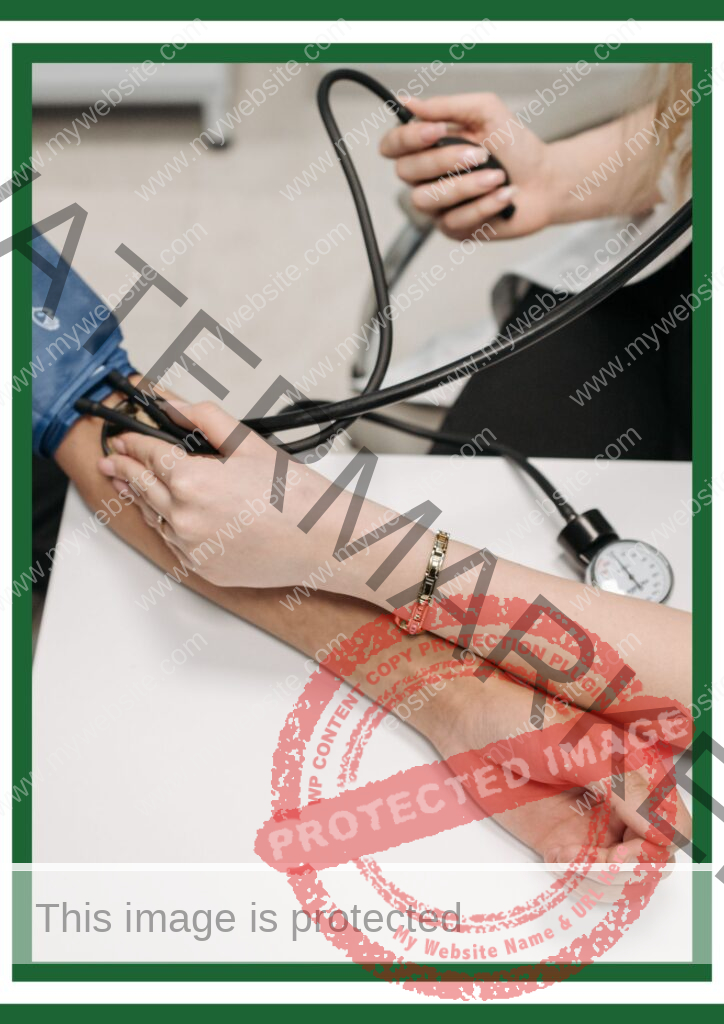Warning Stroke: Recognize the Signs Before It’s Too Late
Warning Stroke: Recognize the Signs Before It’s Too Late
A warning stroke, also called a transient ischemic attack (TIA), happens when blood flow to the brain is briefly blocked, causing temporary stroke-like symptoms. While the symptoms go away on their own and don’t cause permanent brain damage, they are still serious and could signal a real stroke in the near future.
About 85% of strokes are ischemic, caused by blocked blood flow, and 15% are hemorrhagic, caused by bleeding in the brain. Dr. Ahmed Itrat, a stroke expert at Cleveland Clinic Akron General, says 1 in 5 people who have a warning stroke may experience a full stroke within 90 days if they don’t seek medical attention.

TIA symptoms are sudden, short-lasting, and similar to a regular stroke, but they don’t cause permanent damage. However, Dr. Joshua Willey from Columbia University warns that TIA should be treated as an emergency since it can lead to a stroke within days or even hours. That’s why calling it a “warning stroke” is more accurate than “ministroke.”
The symptoms of a TIA and a stroke are the same. Doctors use the “BE FAST” acronym to help recognize the signs:
- Balance: Sudden loss or changes in balance.
- Eyesight: Blurred or double vision, or loss of vision.
- Facial droop: Drooping on one side of the face or an uneven smile.
- Arm: Weakness or numbness in one arm.
- Speech: Slurred speech or difficulty speaking.
- Time: Time to call emergency services immediately. A sudden, severe headache can also be a sign.
Even if only one of these symptoms occurs, it’s important to go to the emergency room right away. Quick action can make all the difference in preventing a full stroke.

